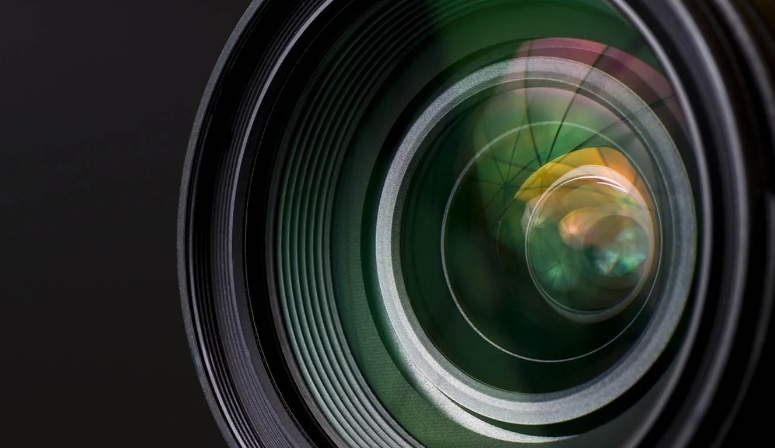Titanium Dioxide (TiO2) and its Applications
Titanium Dioxide (TiO2) is a white inorganic compound that boasts a myriad of applications across numerous industries. It's one of the top fifty chemicals produced worldwide, with uses ranging from paints and sunscreens to advanced applications in optics and photocatalysis.
Basic Properties of TiO2
Titanium Dioxide is a naturally occurring oxide of titanium and is sourced from minerals such as rutile, anatase, and brookite. It is chemically stable, non-toxic, and has excellent light-scattering properties, making it an ideal opacifying agent in many applications. TiO2 exists in three crystal structures: anatase, rutile, and brookite. Of them, rutile is the most stable and widely used.
Applications of TiO2
--Paints and Pigments
Over 60% of the global TiO2 production is used in the manufacture of white pigments due to its brightness and very high refractive index. It provides opacity and durability to paints, coatings, plastics, papers, inks, foods, medicines, and most toothpaste.
--Sunscreen and Cosmetics
TiO2 is used in sunscreens because of its ability to absorb ultraviolet (UV) light. The compound is resistant to discoloration under sunlight, making it an ideal ingredient for products that need to withstand light exposure.
--Optics
TiO2 finds significant use in the optical industry due to its high refractive index, enabling it to manipulate light in ways that few materials can. It's used in optical coatings for lenses, prisms, and mirrors, where it helps to increase reflectivity, reduce glare, or filter specific wavelengths of light. Usually TiO2 is applied on optical components as a coating
--Thin Film Coating
TiO2 films are widely used in the field of thin film coatings because of their high refractive index, strong chemical stability, and adaptable optical characteristics. Surfaces can be coated with TiO2 thin films to improve their resistance to corrosion, produce anti-reflective coatings, or give them self-cleaning qualities.
For instance, TiO2 thin films improve light absorption in solar cells, which helps to increase efficiency. TiO2 coatings are used in architectural self-cleaning windows to facilitate photocatalysis, which breaks down organic dirt and simplifies maintenance. In most of cases, TiO2 thinfilm is created by sputtering technique. In this process, a piece of TiO2 solid (the sputtering target) is placed in the sputter chamber. Then the euiqpment use heavy ions to bombard this TiO2 target material to create TiO2 particles in the chamber. These TiO2 particles then deposited on the surface of the coating substrate to form the TiO2 thin film.

--Photocatalysis
Photocatalysis is a process where light energy activates a substance which modifies the rate of a chemical reaction. TiO2 is a commonly used photocatalyst due to its ability to absorb UV light and its chemical stability.
It's used in advanced environmental applications for air and water purification. When TiO2 absorbs UV light, it generates electron-hole pairs that can oxidize organic pollutants into harmless substances.
Moreover, TiO2 photocatalysis is being researched for its potential in energy production. For instance, in hydrogen production from water, TiO2 acts as a catalyst when exposed to sunlight, splitting water molecules into hydrogen and oxygen.
Conclusions
Titanium Dioxide's unique properties of light absorption, high refractive index, and chemical stability have made it an indispensable component in many industries. From commonplace products like paints and sunscreens to advanced applications in thin film coatings, optics, and photocatalysis, TiO2's use is far-reaching and continues to grow.
While this introduction provides a glimpse into the world of Titanium Dioxide, it is important to note that research and development are ongoing. As we delve deeper into the nano-world, it's likely that new, exciting applications of this versatile compound will continue to unfold.
